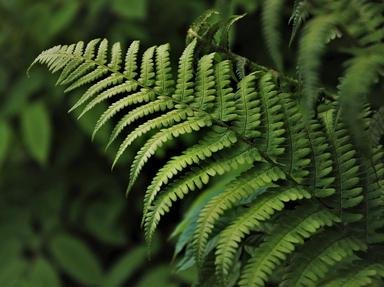Quiz Answer Key and Fun Facts
1. To relieve dyspepsia, nausea, or flatulence, try the tough, protective outer sheath of the trunk, branches, and twigs of this evergreen tree, Cinnamomum zeylanicum. I refer to the tree's...
2. For that minor rash on your skin, use this cream, made with the extract of the seed-bearing part of pot marigold, consisting of reproductive organs surrounded by a brightly colored corolla and a green calyx. I mean the...
3. Certain insects feast on flowers and produce this sweet liquid which may actually help your glycemic (blood-sugar) problems, and you may also use it as an ointment on minor scrapes. So please take this jar of...
4. For your nausea, I recommend Zingiber officinale, but just the part that is a continuously growing horizontal underground stem that puts out lateral shoots and adventitious roots intervals. I'm referring to ginger...
5. To boost your immune system and possibly shake your cold, use the part of coneflower (Echinacea) that attaches the plant to the ground, conveying water and nourishment to the rest of the plant via numerous branches and fibers. So have some Echinacea...
6. Introduced to fix nitrogen in soil, kudzu has become a noxious weed throughout the southeastern USA. But one agronomist at the USDA believes that the seeds, which are found in a pod that splits open along both sides upon maturity, may be useful in treating alcoholism. So kudzu is actually a...
7. Flax is used to make linen, but it has medicinal and nutritional properties, too. Its unit of reproduction, a small embryonic plant enclosed in a covering, contains lignans, omega-3 fatty acids, and fiber, which give it antioxidant, anti-inflammatory, and laxative properties. You'll need a whole bag of them, the flax...
8. The next time you get a migraine, try chewing on the flattened, green, bladelike structures of the feverfew plant - its main organs of photosynthesis and transpiration. I mean the...
9. For your weight problems, try using the oil from the fruit of the coconut palm, which is NOT a nut but a drupe, a fruit in which an outer fleshy part surrounds a pit or stone with a kernel inside it. Many other flowering plants produce drupes, but NOT the...
10. Garlic will supposedly help your atherosclerosis, heart disease, and high blood pressure. You can get it pulverized, but why not start fresh, using the short stem with fleshy leaves or leaf bases. I'm talking about the underground storage organ, or the...
Source: Author
gracious1
This quiz was reviewed by FunTrivia editor
WesleyCrusher before going online.
Any errors found in FunTrivia content are routinely corrected through our feedback system.

